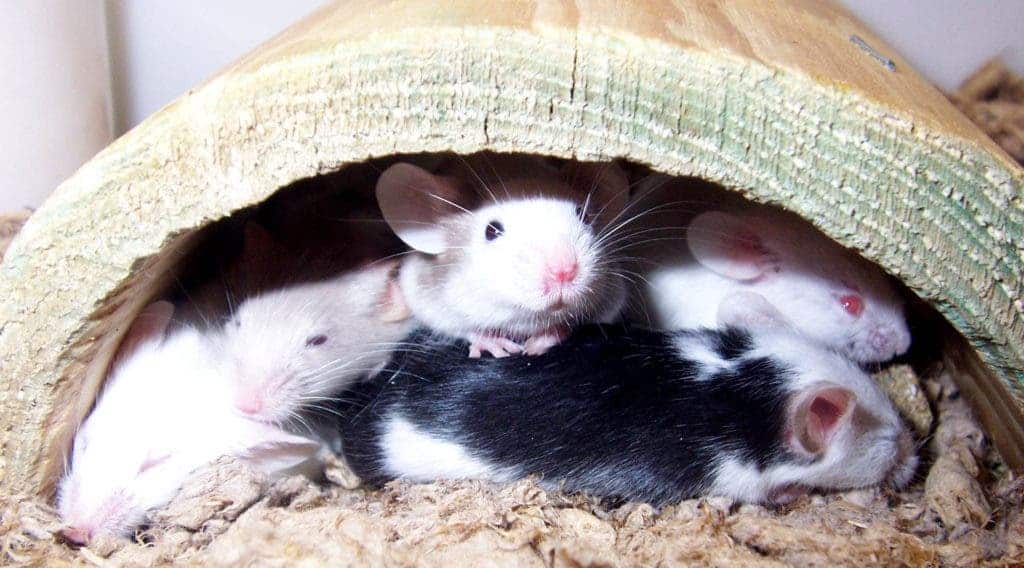
To attract mates or fend off competitors, rodents such as mice and rats utter ultrasound vibrations that are inaudible to the human ear. These curious high-frequency sounds are produced using a resonance mechanism only previously seen in jet engines.
Now that’s a purr
In 2005, scientists showed that male mice ‘sing’, employing a rich repertoire. Being so small, their songs are too high for humans to hear but you can still get a glimpse if you transform the pressure waves in a lower frequency range.
A mouse song can be described in terms of syllables (a unit of sound separated from other sounds by silence) and varying pitch. A phrase may contain a sequence of syllables while a phrase type is a sequence that is repeatedly reproduced. This discovery has proven useful as a model to study human vocalization disabilities like stuttering. Unfortunately for mice, knowing this, humans have also made all sorts of gadgets that produce ultrasounds that repel the rodents.
“The mouse brain and behavior for vocal communication is not as primitive and as innate as myself and many other scientists have considered it to be,” Erich Jarvis, a neurobiologist at Duke University, explained. “Mice have more similarities in their vocal communication with humans than other species like our closest relatives,” Jarvis added, referring to chimpanzees.
Until recently, it wasn’t clear how mice are able to produce their high-pitched vocalizations. One previously proposed mechanism is similar to how a smart tea kettle makes whistling sounds when the water boils. Another deals with vibrations of the vocal cord. Neither of the two turned out to be correct after researchers from University of Cambridge and Washington State University studied ultra-high-speed videos of 100,000 frames per second.
The analysis suggests when mice make their love songs, the vocal folds remain completely still. Instead, a small air jet was seen coming out from the windpipe and hitting the inner wall of the larynx. This caused a characteristic resonance and ultimately produced the ultrasonic whistle, as reported in Current Biology.
“This mechanism is known only to produce sound in supersonic flow applications, such as vertical takeoff and landing with jet engines, or high-speed subsonic flows, such as jets for rapid cooling of electrical components and turbines,” said Dr Anurag Agarwal, study co-author and head of the Aero-acoustics laboratories at Cambridge’s Department of Engineering. “Mice seem to be doing something very complicated and clever to make ultrasound.”
Mice are the most common animal model used in science but despite thousands of hours of studying, the rodent still has many tricks up its sleeve. Very little is still known about how mice and rats use ultrasounds to communicate, and bats might even use this sort of mechanism as well.
For some really wicked animal tunes, check out the pied butcherbird.






